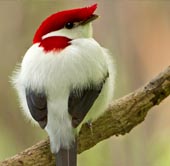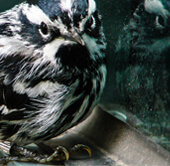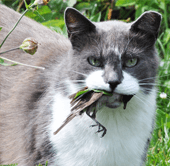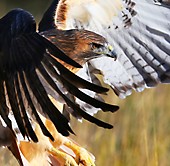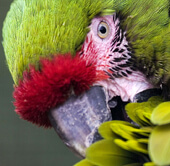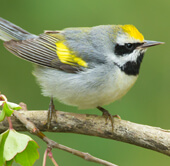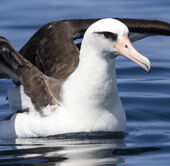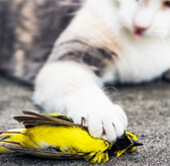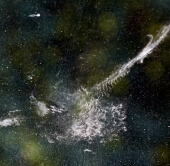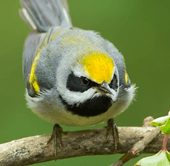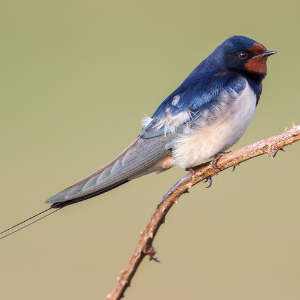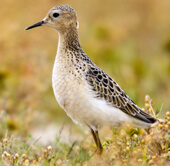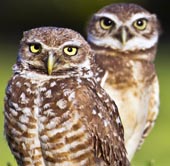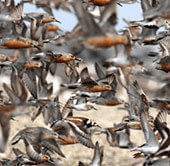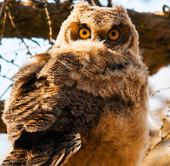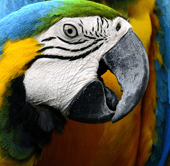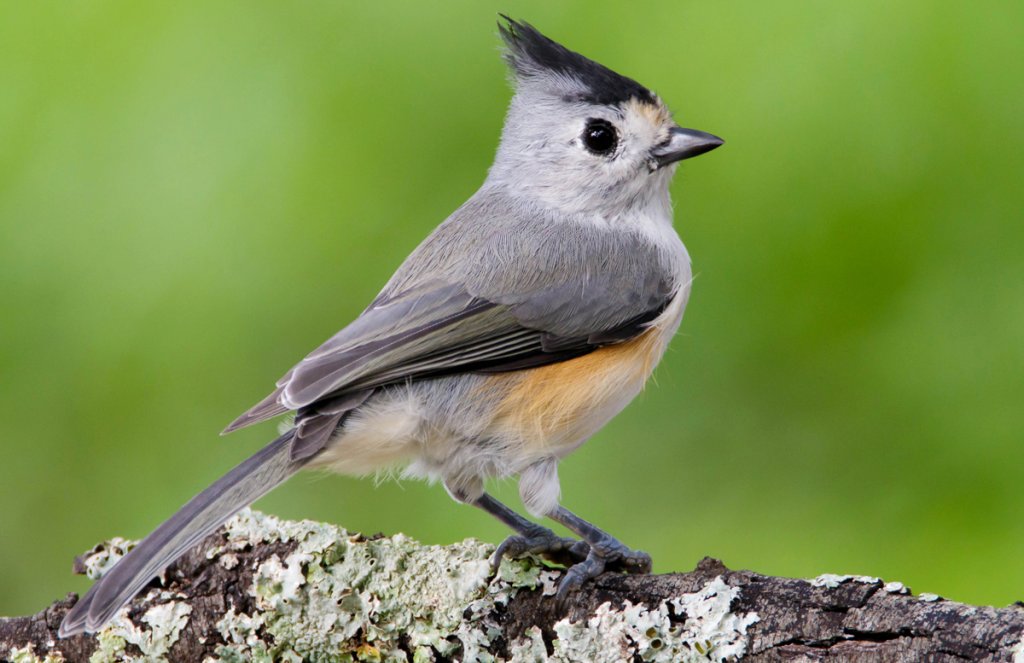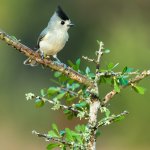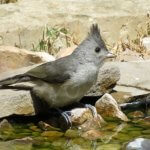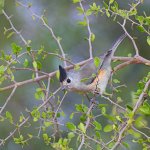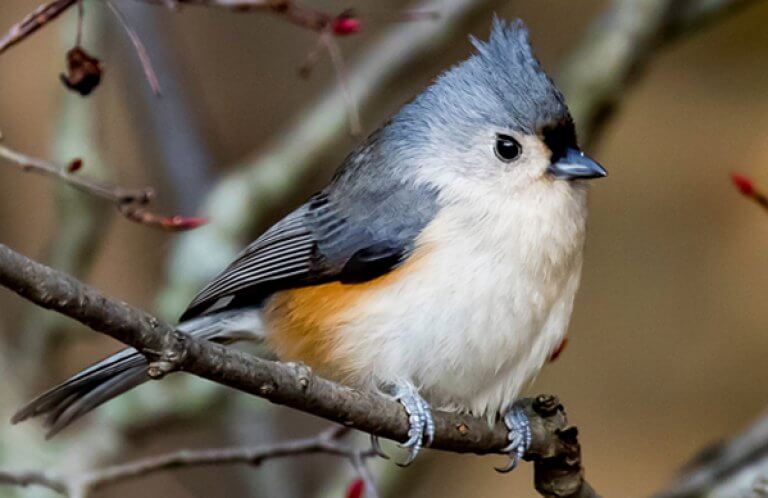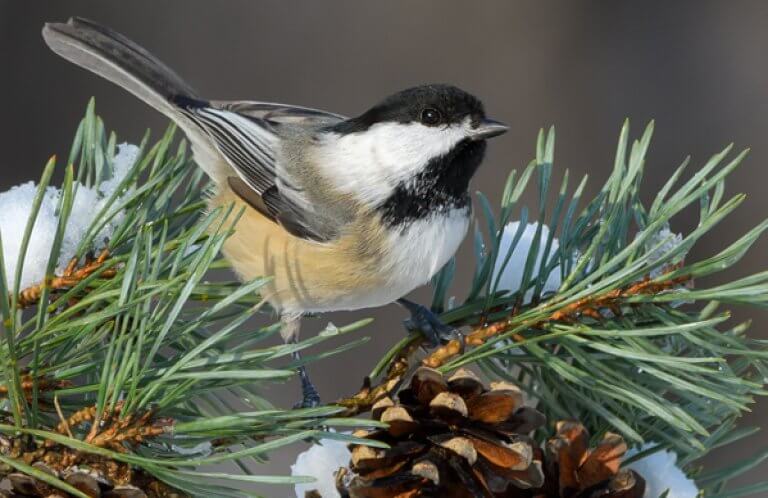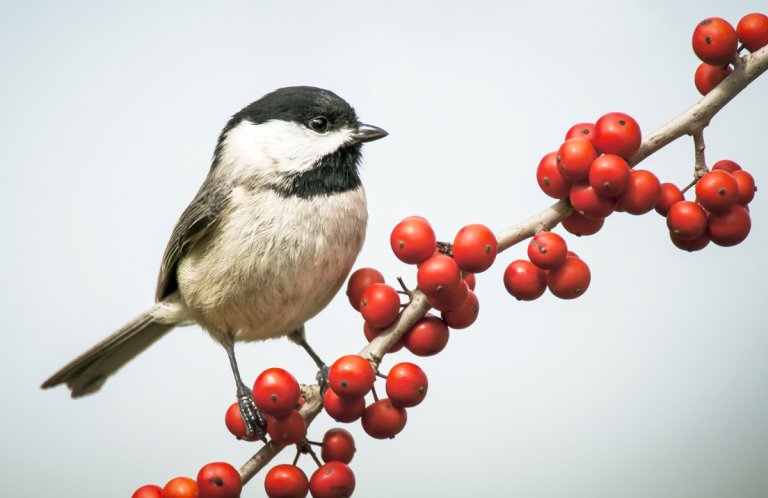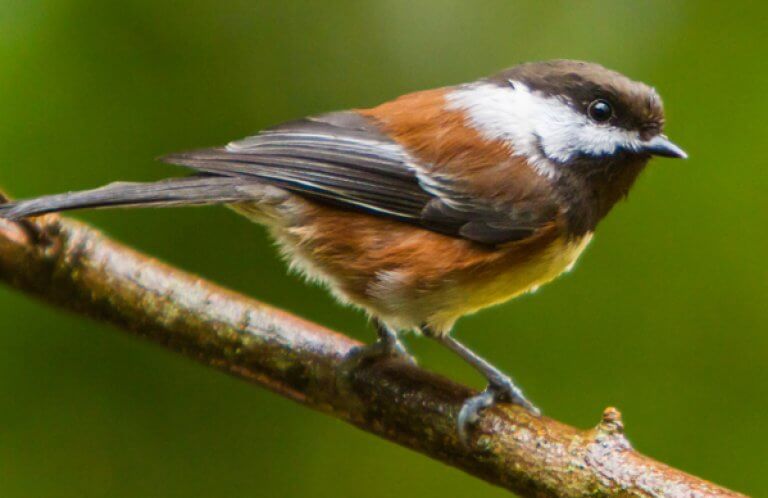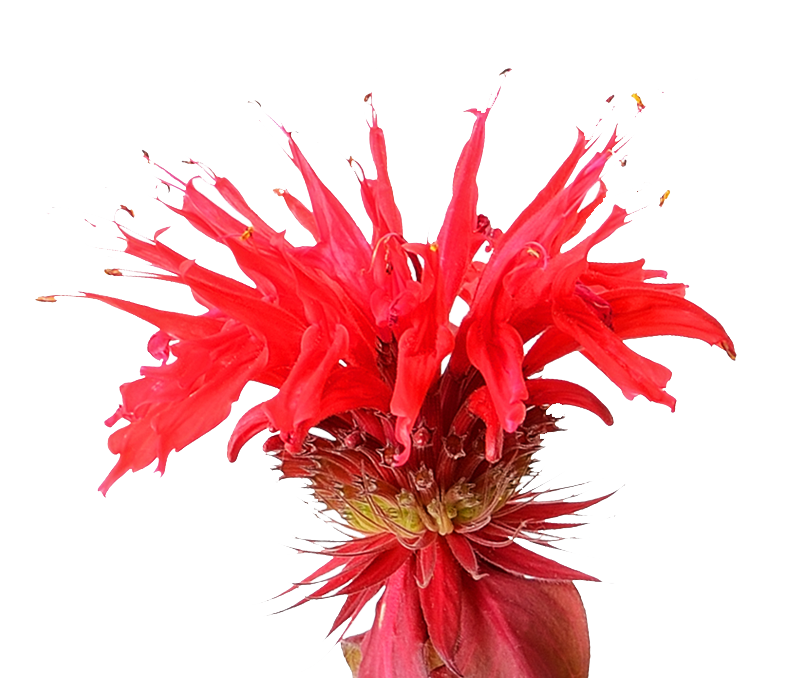About the Black-crested Titmouse
The Black-crested Titmouse is closely related to the Tufted Titmouse, and regularly hybridizes with it where the two species' ranges meet. This lively little specialty of central and southern Texas was considered a subspecies of Tufted Titmouse until 2002, when enough differences in the ecology, physiology, and song were identified to warrant its split into a separate species.
The word “titmouse” derives from the Old English words "tit" and "mase," basically meaning "small bird." The word "mase" eventually became obsolete, and this part of the name morphed into the familiar word "mouse," a convenient switch because the quick-moving little gray bird probably reminded people of the small rodent.
The Black-crested Titmouse's genus name, Baeolophus, is derived from two Greek words for "small" and "crest." Its species name, atricristatus, likewise gives the nod to this little bird's jaunty headgear, combining the Latin words for “black” and “crest.”
Songs and Sounds
The Black-crested Titmouse's song is a sweet-sounding peter, peter, peter, similar to that of the Tufted Titmouse, but more slurred. It gives a variety of sharp-sounding call notes; some act as contact calls between pairs, others are given when an individual is agitated or anxious, and still others in response to rivals and potential predators.
Song:
Call:
Breeding and Feeding
The Black-crested Titmouse joins mixed-species flocks during the winter that can include warblers, Blue-gray Gnatcatchers, and Ruby-crowned Kinglets.
This species forms socially monogamous pairs, and the male will feed his prospective mate during courtship.
Like other family members, such as the Black-capped Chickadee, the Black-crested Titmouse is a cavity nester. The female builds a nest in an old woodpecker hole or a cavity in a stump, post, or telephone pole. The nest itself is a rather messy structure of sticks, grasses, leaves, mosses, lichens, and rootlets. Other materials used can include animal hair, feathers, string, cotton, tissue paper, onion skins, or snakeskin pieces. The female will also use moss to stuff the space between the nest and cavity walls.
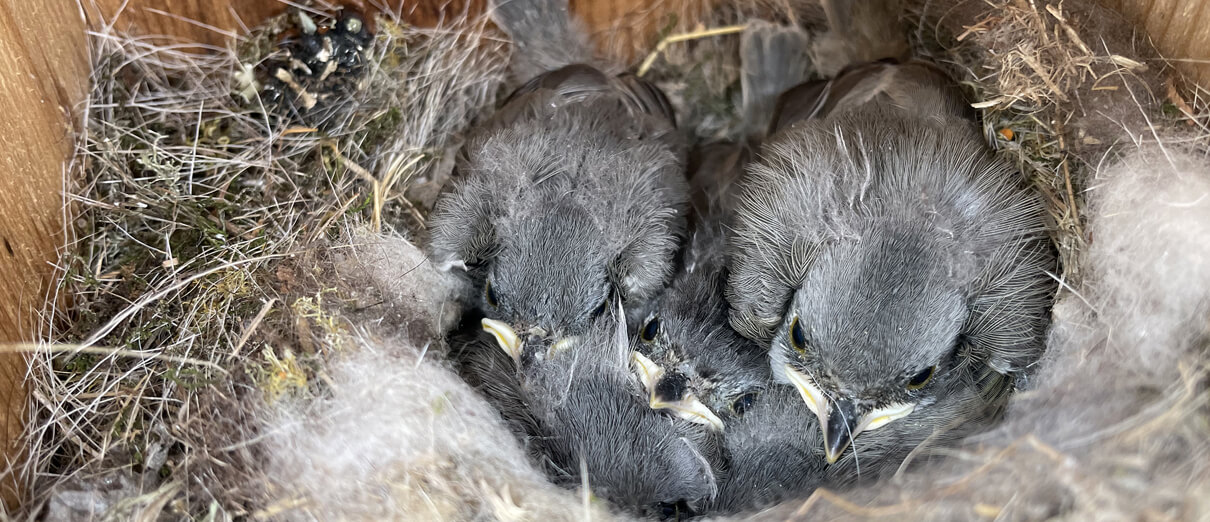
The female Black-crested Titmouse lays a clutch of four to seven white eggs spotted in reddish-brown, which she incubates herself. Both parent birds feed the chicks after they hatch. The young grow quickly and are able to leave the nest about two weeks after hatching.
The Black-crested Titmouse forages by methodically gleaning its way along tree trunks and branches for insects, its chief food source. It will readily visit feeders if suitable habitat is also nearby.
Region and Range

The Black-crested Titmouse is native to central and western Texas, Oklahoma, and northeastern Mexico. Its range meets that of the Tufted Titmouse in southwest Oklahoma and central Texas.
This species frequents riparian, oak, and mesquite forests at a variety of elevations, from desert up into mountainous areas. They may also be found in suburban areas such as parks and orchards.
Conservation of the Black-crested Titmouse
Although still considered a common species, much remains to be described about Black-crested Titmouse biology, particularly in the Mexican part of its range, where extensive deforestation is ongoing. Habitat loss and fragmentation could also decrease the amount of suitable habitat for the Black-crested Titmouse in its U.S. range.
Predation by outdoor cats can have disastrous effects on bird populations, even in still-common species such as the Black-crested Titmouse. The effects of climate change, including drought, fire, and increased summer heat, could also threaten the Black-crested Titmouse's nesting success.

Help support ABC's conservation mission!
ABC was involved in the production of the recently released 2025 U.S. State of the Birds report, which reveals continued widespread declines in American bird populations, even common species like the Black-crested Titmouse. We continue to support science-based planning and collaborative investment in habitat conservation that will bolster bird populations.
ABC also offers a variety of ways to make windows bird-friendly, which can help avoid fatal collisions at homes, public buildings, and businesses.
ABC continues to advocate for responsible pet ownership solutions, as well as educate the public and policymakers about the many benefits to birds, cats, and people when cats are maintained indoors or under an owner's direct control.
Get Involved
Policies enacted by the U.S. Congress and federal agencies, such as the U.S. Fish and Wildlife Service, have a huge impact on U.S. birds. You can help shape these rules for the better by telling lawmakers to prioritize birds, bird habitat, and bird-friendly measures. To get started, visit ABC's Action Center.
Living a bird-friendly life can have an immediate impact on the birds around you. Doing so can be as easy as adding native plants to your garden, avoiding pesticides, and keeping cats indoors. To learn more, visit our Bird-Friendly Life page.
American Bird Conservancy and our Migratory Bird Joint Venture partners have improved conservation management on more than 8.5 million acres of U.S. bird habitat — an area larger than the state of Maryland — over the last ten years. This is a monumental undertaking, requiring the support of many, and you can help by making a gift today.

